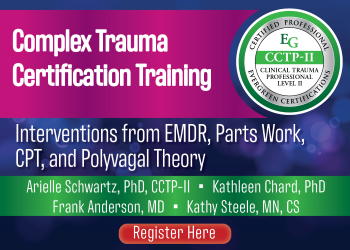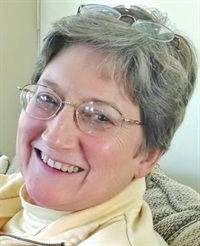Assessment & Diagnosis
- Hallmark must-know symptoms
- Diagnostic clarification and differential diagnosis
- Key contributing factors of C-PTSD
Neurobiology of C-PTSD
- Functional Polyvagal Theory
- 6 Stages of trauma response
- Heart Rate Variability and the Social Nervous System
- Utilizing Interpersonal Neurobiology
- Psychobiological regulation
- Implications of ACES
- Neuroplasticity & Trauma
The Damage of C-PTSD
- Intrusive symptoms and anxiety
- Counter emotional dysregulation
- Avoidance symptoms and phobic reactions
- Recover clients from dissociation
- Dispute cognitive distortions
- Link to physical health & somatic problems
- Deactivate preverbal and nonverbal memories
- Resolve shame-driven pain
Interventions From the Most Effective Approaches
- Psychodynamic and Relational Theories
- Polyvagal Theory
- Cognitive Behavioral Therapy (CBT)
- Dialectical Behavior Therapy (DBT)
- EMDR
- Somatic Psychology
- Parts Work
- Complementary and Alternative Medicine (CAM)
Best Integrative Interventions
- Use a biopsychosocial approach
- Recognize attachment injuries
- Facilitate the healing of transgenerational trauma
- Identify parts, ego states & defenses
- Mutual regulation and relational repair
- Prepare for trauma processing
- Integrate grief work into treatment
- Make long-lasting positive change
Best Experiential Interventions
- Conscious breathing for self-regulation
- Grounding and sensory awareness
- Containment: Reclaim choice & control
- Build imaginal allies
- Cultivate mindfulness, acceptance, and self-compassion
- Somatic interventions: Titration, sequencing, and somatic re-patterning
- Bilateral stimulation and dual attention
Create Post-Traumatic Growth
- The 6 Pillars of Resilience
- Resilience as a process and outcome
- Move clients from learned helplessness to optimism
- Encourage Post-Traumatic Growth
Self-Care for Improved Outcomes
- Identify resources that improve your clinical skills
- In-session self-care to improve focus
- Burnout prevention techniques





